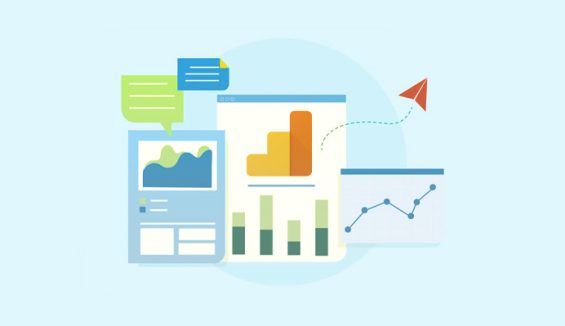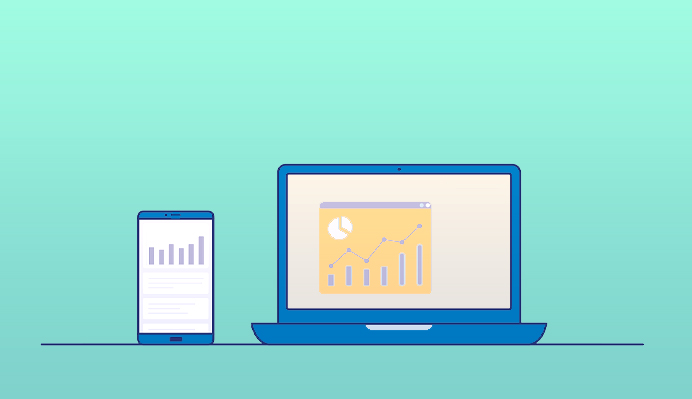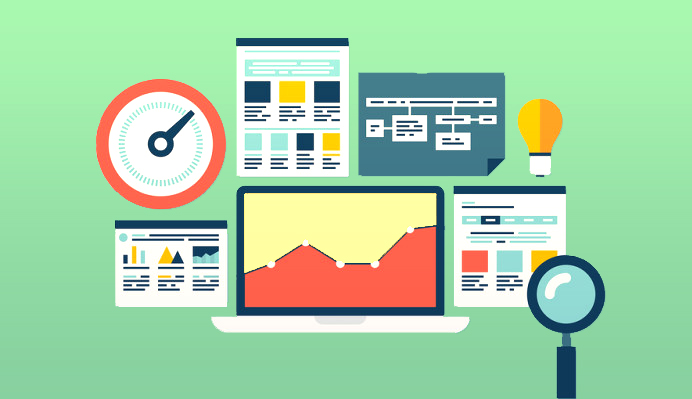What is not considered a “source” in google analytics by default?
November 3, 2021 in blog | No Comments

Google Analytics’ Source and Medium metrics provide valuable information about how visitors interact with your website, as well as how they found it, as in the traffic source. GA shows you what type of links are pointing at your website, as well as which sites are linking to it.
Google is a great analysis tool that can help you perform wonders once studied right and used the right way, resulting in higher product purchases, better acquisition channels, creating relevant ads to customers, deciding the right advertising medium, or fixing better advertising spending. The goal definition here is simple. Put together the gained knowledge and practical knowledge together and start learning and implementing it.
There are various ways to learn the SEO and Analytics game such as the google skill shop, which provides easy and beginner courses like google analytics & how? google analytics 360 suite, etc, can transform an amateur into a google analytics expert and accomplish the google analytics goal of your organization.
In this blog, we will be looking deeper into advanced google analytics and cover the topics like google’s source and medium. Get ready to improvise your google analytics IQ!
Links are votes in the SEO game. In other words, if you have a domain that is high in authority, the one link you receive from that domain will help your SEO more than if you receive many links from lower-authority domains. Higher-quality SEO and links lead to more (and more engaged) direct traffic and referral traffic for your site.
The site with a ranking of 38.4 is receiving many inbound links from lower-ranking websites. One link from that 38.4 sites to another site gets you a ranking of 34.3. Simply put, not all links are equal.
Analytics Help defines the source as the origin of website traffic, be it organic traffic, direct traffic, or social traffic. There are various search engines (e.g., Google) and domains (e.g., .com, .org, .edu). This specifies the general category of the source, such as organic search (unpaid search) or referrals from the web. Both sources and media are determined by this dimension.
For example, google/organic represents the Source/Medium, whereas fff.com/referral represents the Medium. In Google Analytics, Source and Medium tell website owners where visitors originate from. Find the main traffic sources and deciding which should be given more attention are valuable findings. If Pinterest traffic, for instance, generates a sizable percentage of profits, it is worth investing more in it rather than an email marketing optimization program.
The major role of digital analytics is to help you understand the effectiveness of your marketing campaigns, email campaign, google ads, etc. By understanding these various traffic channels, traffic types, referrals report, or real-time reports, you can create a custom report or multi-channel funnel reports, which can help your team understand the effectiveness of your conversion optimization and improvise your conversion rate in a single session.
What is not considered “Source” as per Google Analytics ?

As far as Google Analytics is concerned, “Email” is not considered a source. Email falls under the “Medium” category. The “Source” refers to where the traffic originates from. The most common sources are search engines and referral websites, which you can achieve through proper link building and improved user interaction. It is important to distinguish between sources and mediums. Among the sources are the mediums, such as organic search (organic), cost-per-click paid search (CPC), Cost Per Acquisition, and referrals from the web.
In this case, Google Analytics does not count email as a source.
Marketing professionals can use in-depth website traffic analysis to learn how campaigns are performing and how to optimize their website content, advertising, and other marketing channels. Once you come to terms with the importance of organic keyword, how to win keyword bids, and their importance in the customer purchasing journey, you can decide the channels for investment. While Facebook messenger will be a great channel for someone, this instant messenger might not work the same for someone else. It is essential to understand that minutes of inactivity and non-interaction events might become a reason to lose optimization in record time and you might fail the chance of getting social sharing in the social channel and result in a dimmed regular expression.
Analogies seem to be popular, so here’s one:
- Consider a journey. The Source is where you are from, and the medium is how you are transported.
Alternatively,
- A train station would be the Source, and a train would be the Medium.
Google Analytics has three default settings: organic, referral, and none. An organic default medium is the website’s organic search traffic (direct traffic) or unpaid search traffic. Referral default media and organic default media are the same things. This is because search engine traffic is not reflected in search engine default media. These visitors are given the audience definitions as “referral traffic,” which refers to those who type the URL into their browser directly or click a bookmark to visit the site. Users with such sources in the advanced analysis are classified as having “direct” sources and “no” mediums.
How does Google Analytics define Source?

Google Analytics’ Source lets you see where your website’s traffic is coming from, or as Google says, where the traffic is coming from. It’s important to know where your traffic comes from, whether it’s search engines, browser cookie, browser address bar, social media sites, or another website. The source of the traffic is where it came from – the site from where the traffic came from. Sources that do not come from a website, or that do not contain data from the original website, are referred to as direct sources. Someone would enter your URL into a browser, click a bookmark, or come from an offline tool or document on your computer (if tracking is not enabled). In the absence of a direct link, it should be the name of a site.
How does Google Analytics define Medium?
The way your website’s visitors got to your site is given the accurate definition as the medium. On Google, this is called a general source category. Consider, for example, that your traffic is coming from Google, but the medium will either be Organic, CPC, Display, or Referral.
Medium consists of the following categories:
- Search engine traffic is not paid (organic traffic) or (non paid traffic)
- Pay-per-click (PPC) (traffic from search engines)
- An external link (referral)
- Email (from a web-based email tool such as Gmail or Hotmail or any traffic from webmail providers)
- Social media traffic or spam traffic (links from them)
- (Direct traffic) None
Is it possible to create your own Source and Medium?

By adding parameters to links that arrive at your site, you can create a Source and Medium that overrides the existing one on your site, which can give you additional report dimension or an additional report metric that has a positive impact on your website. Not all links can be overridden this way. Organic links from Google always be linked with Google as the source and Organic as the medium. The normal way to display a link to your site in an email would be either:
- Gmail is the source, and Email is the medium
- The media type is (none) and the source is direct
- Hotmail is the source, and email is the medium
Using the Source/Medium
Apart from finding the answer to the most common doubt, what is not considered “source” in Google Analytics, it is also important to know how to use source and medium. This aspect of Google Analytics can be used to track how people are linking to your site in addition to tracking your campaigns through Source/Medium as well as to meet many other requirements like preparing a location report, search terms report, various aspects of traffic volume, different dimensions in custom reports as well as identify fake traffic, campaign traffic and control these organic search traffic settings to build the perfect google analytics tracking.
Through certain key partners and press links, you can monitor how much activity or which are the traffic medium and accidental traffic your website receives. You might even find some Links/Sources that you weren’t aware of, which will help you customize and create ads for customers that can work better! Besides just the number of sessions, you can also see which of the Source/Mediums is more engaged with your site content based on its behavior patterns by making use of the analytics tool. With these data, you can work on micro or macro conversion strategies to increase your conversion segments and attain a better conversion funnel and finally make use of the audience’s time on mobile devices, like a higher mobile eCommerce conversion rate.
It is also very essential to measure the metrics such as the number of active users, default session timeout length, the amount of time your audience spent in single-page sessions, number of times users spent on app sessions, number of a single user, and gain clarity about the conversion path that works for you the best.
If you have a Google Analytics account, check the Source/Medium section to find out how your website is being found. If you would like to know further about things about these analytics tools like what is not considered as the source in google analytics by default, drop your comments.
